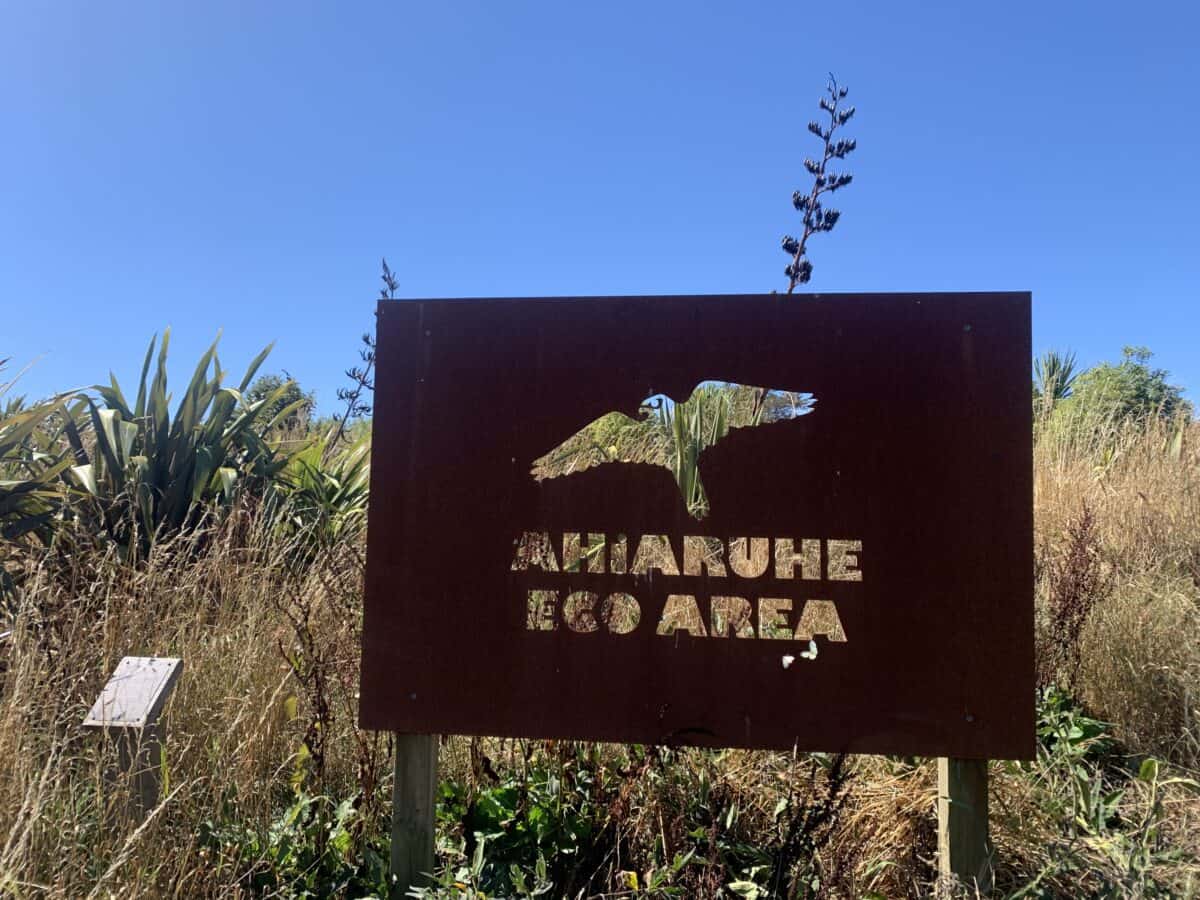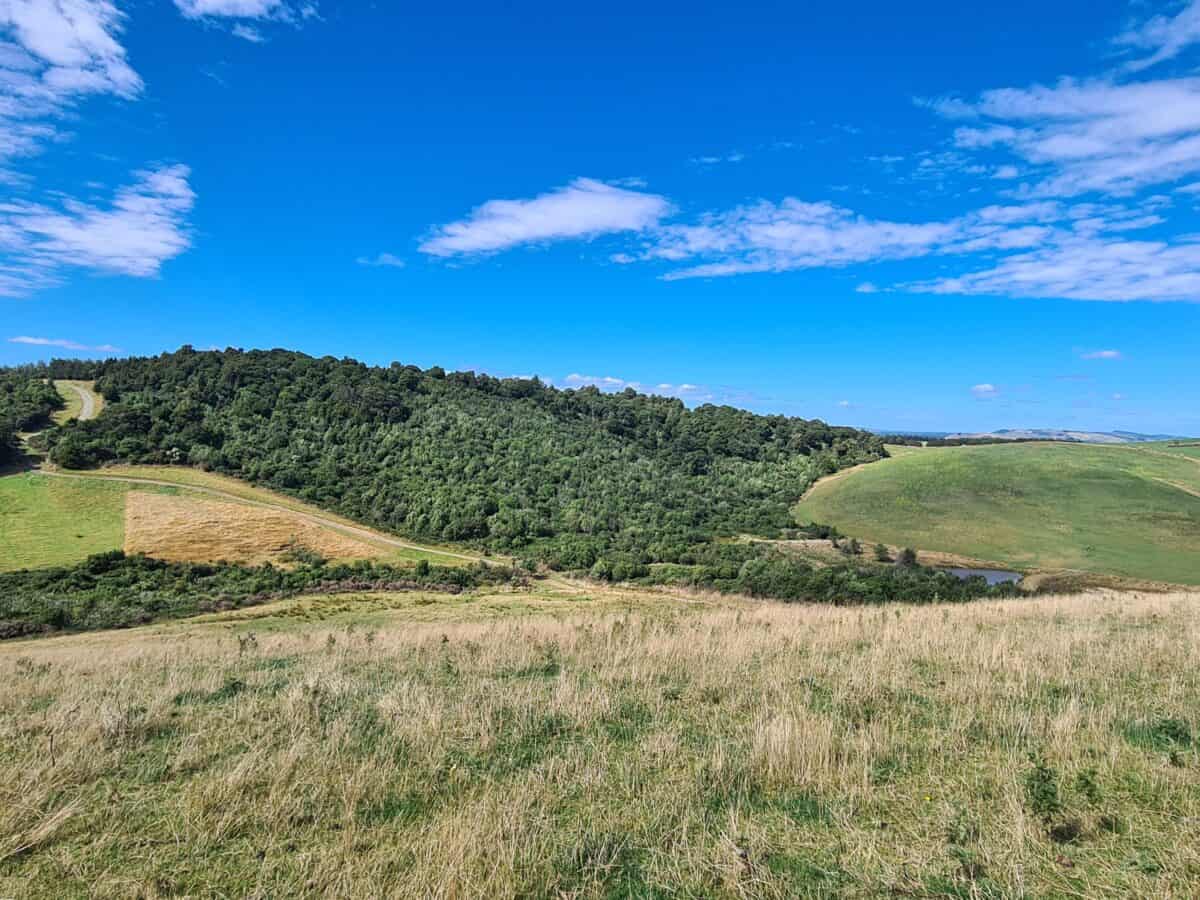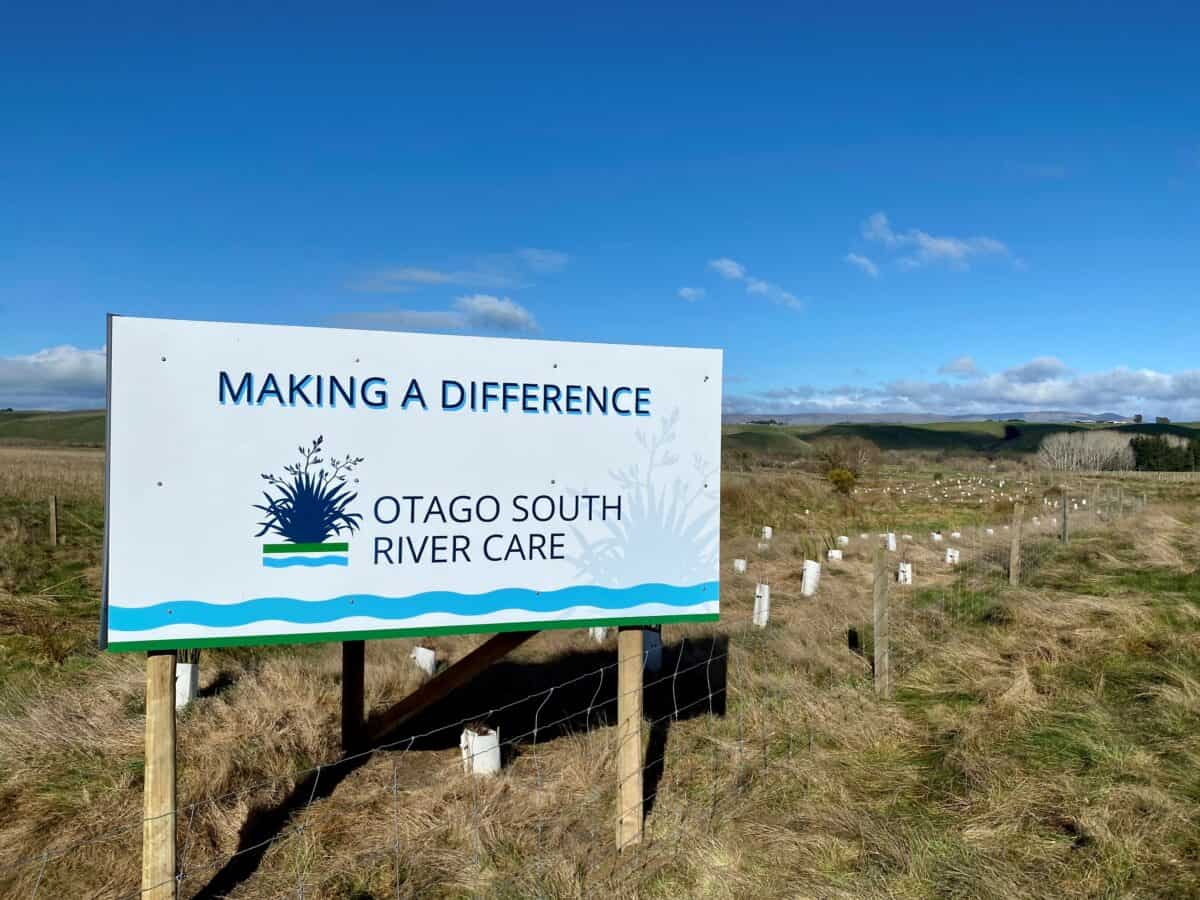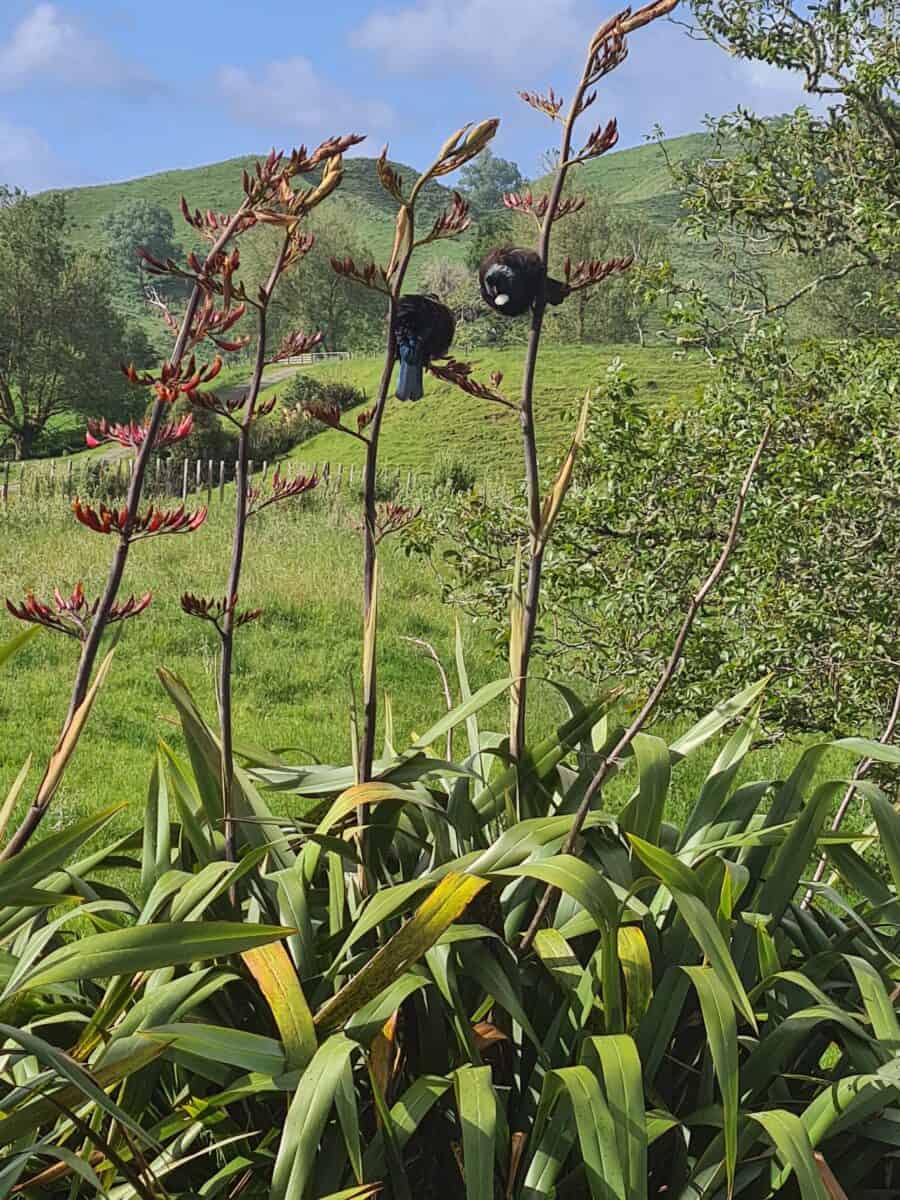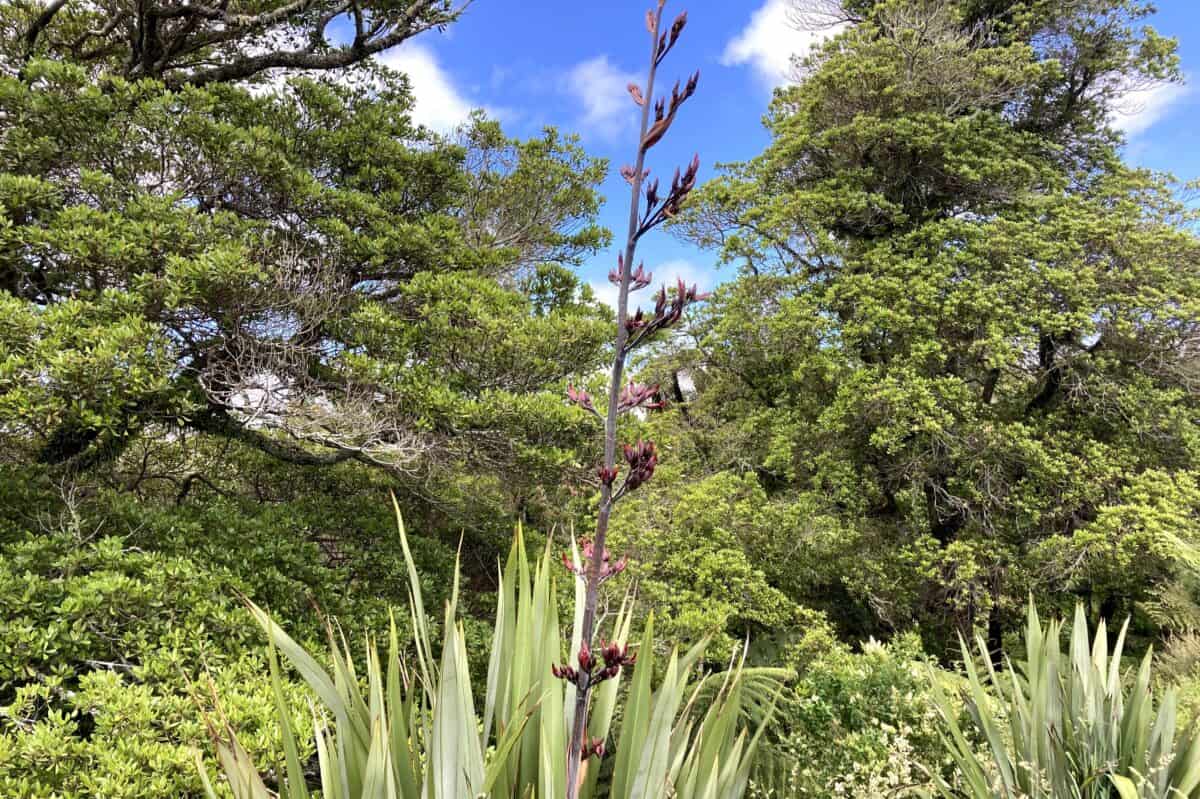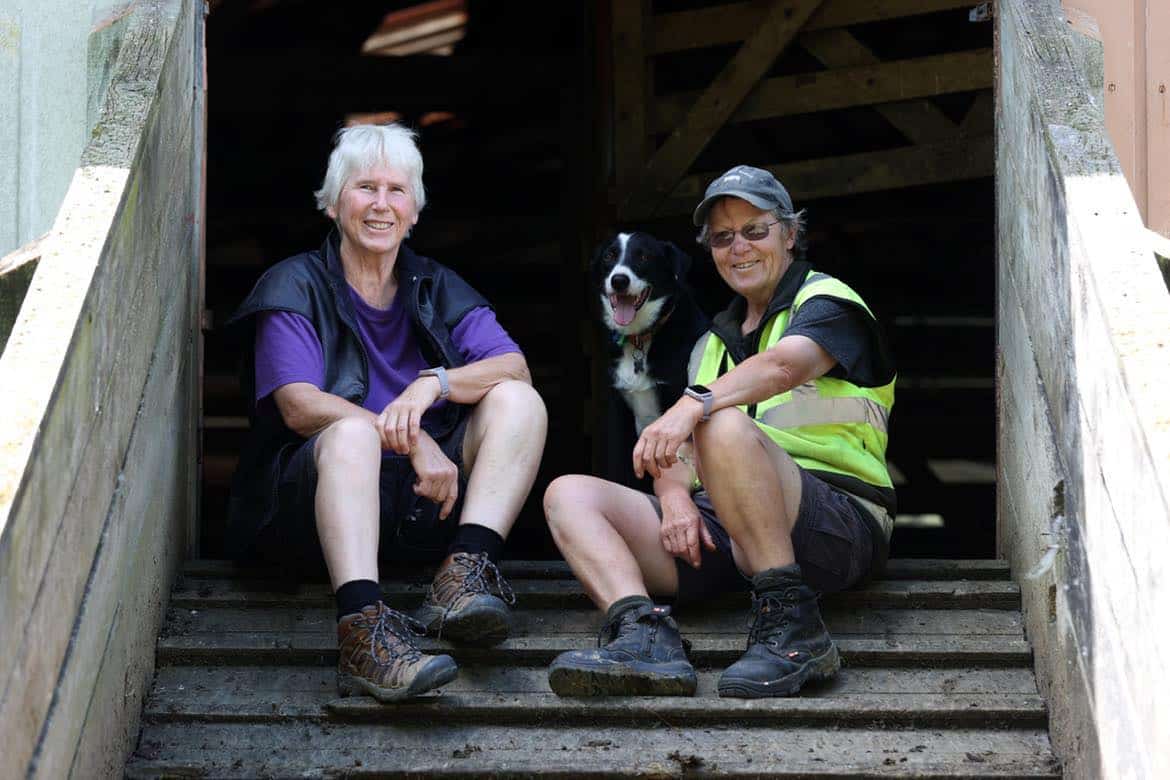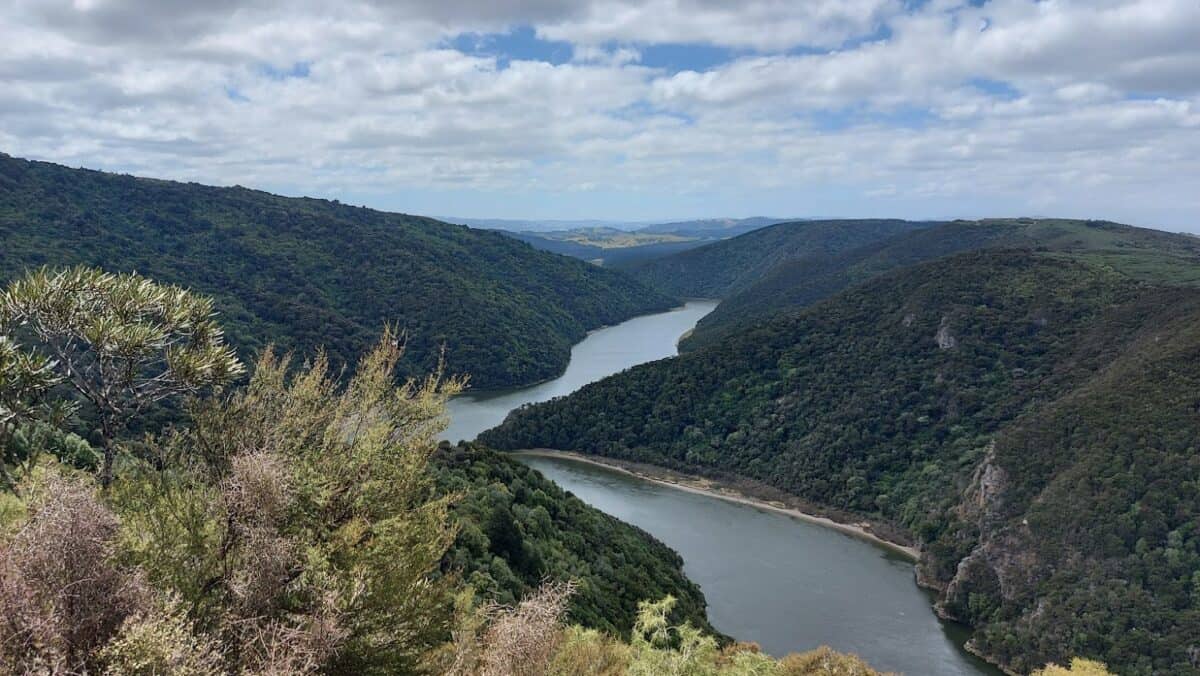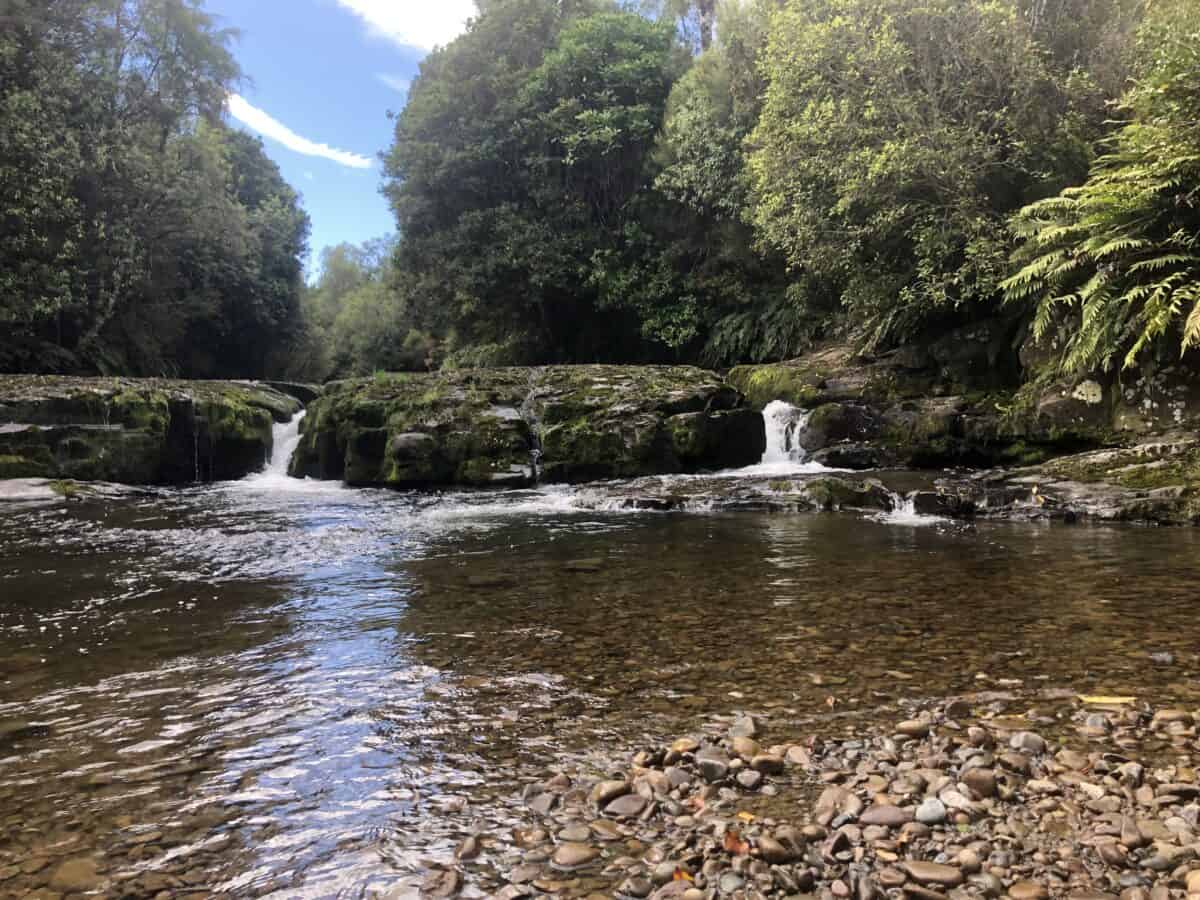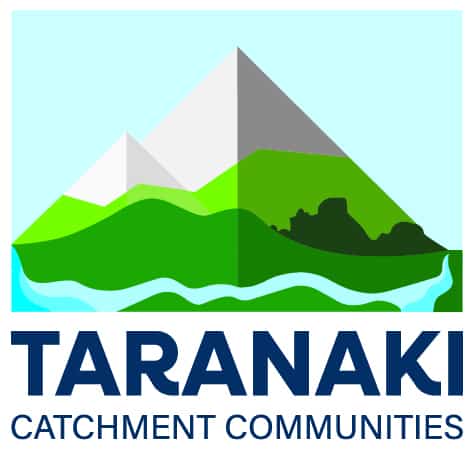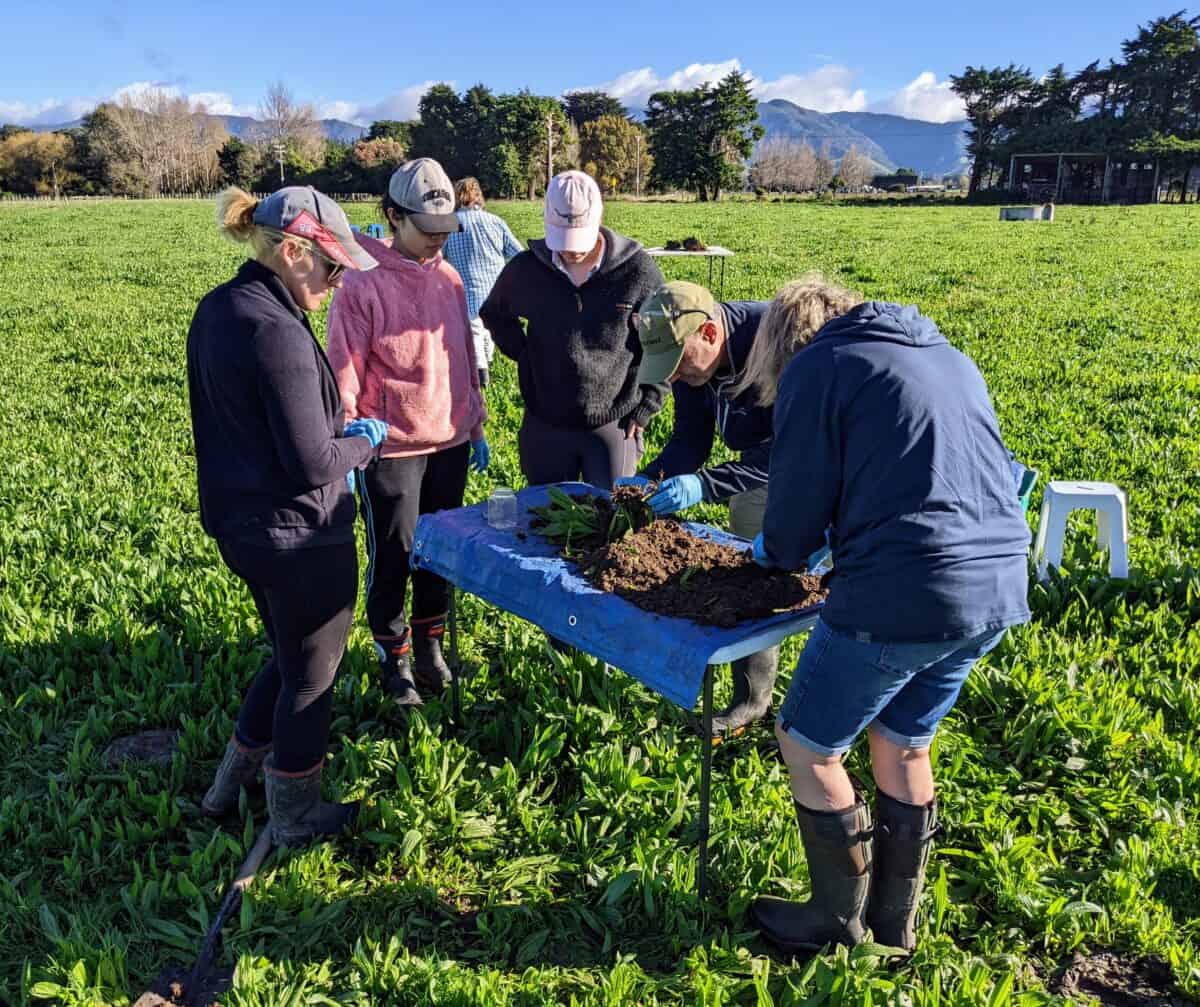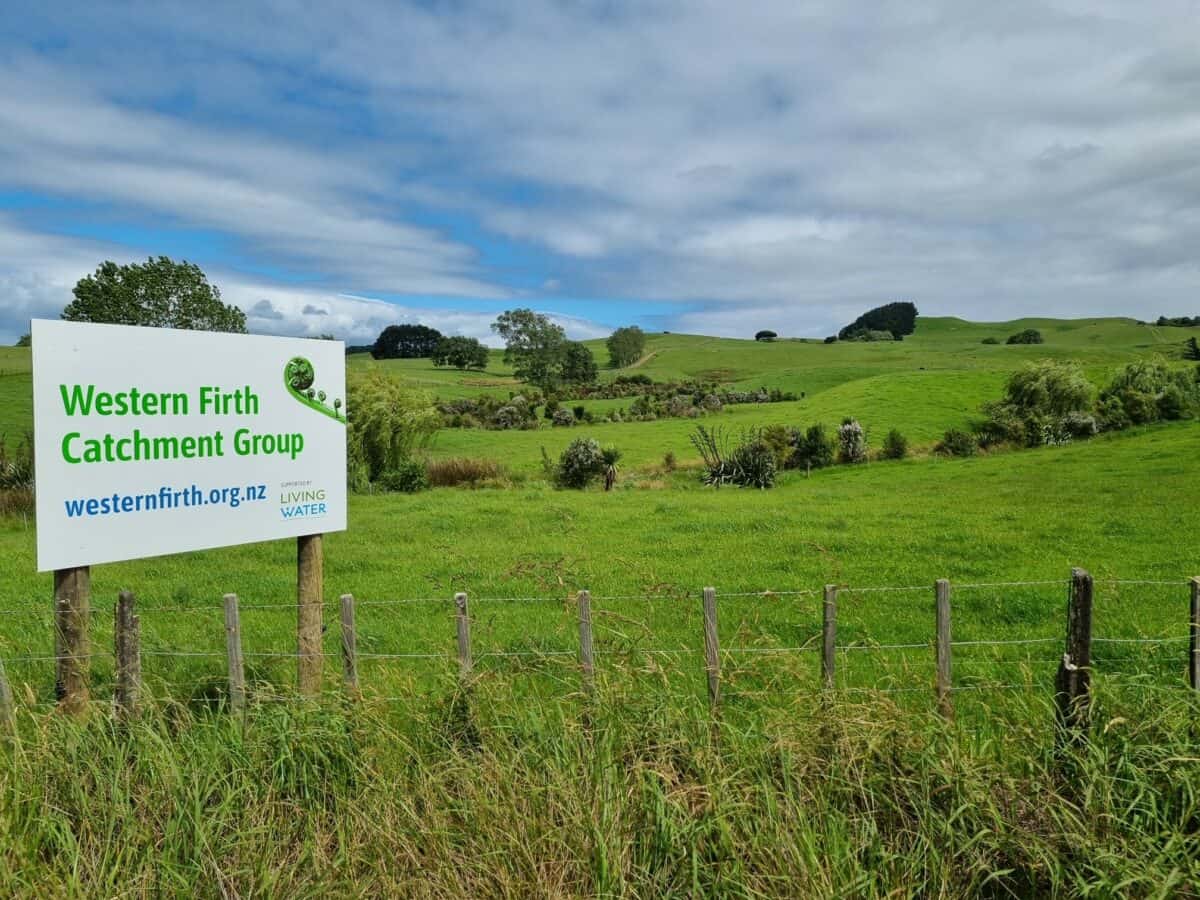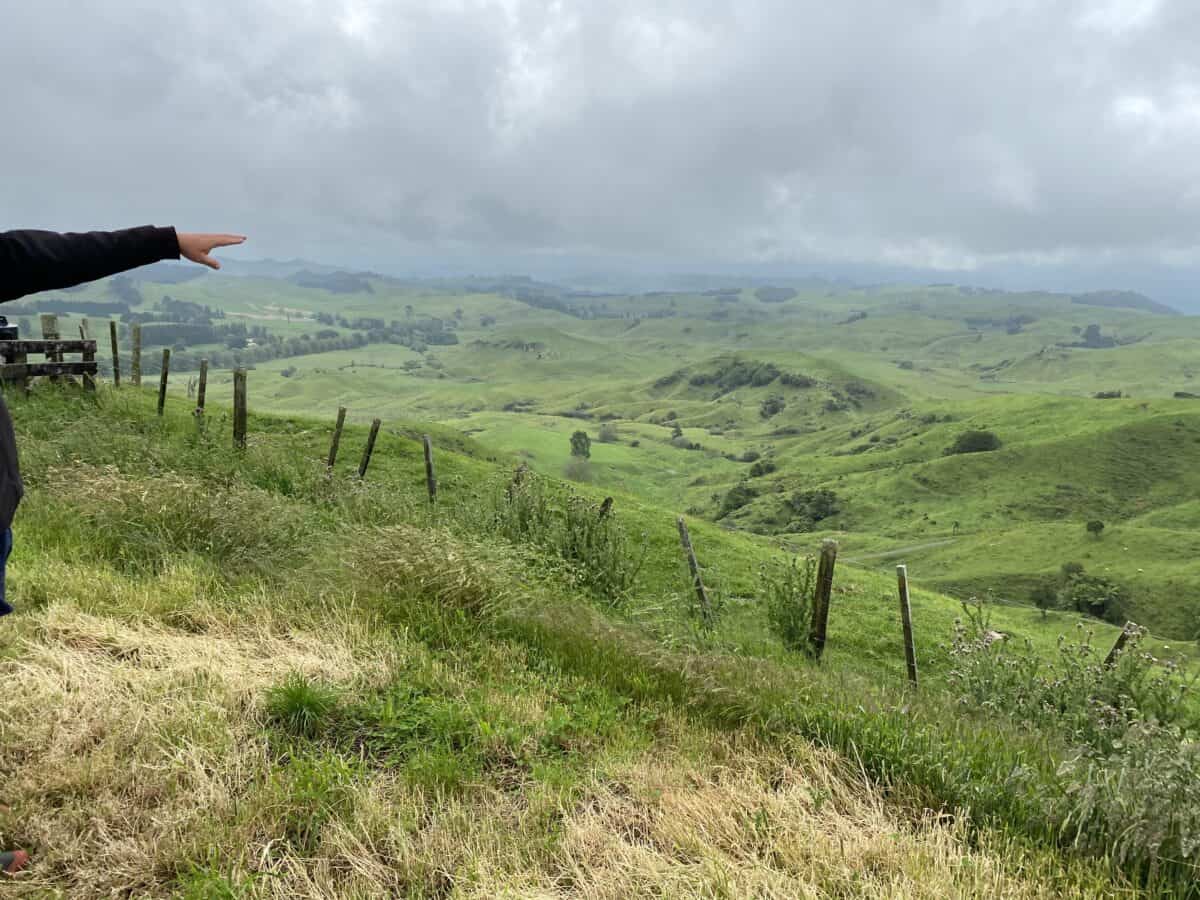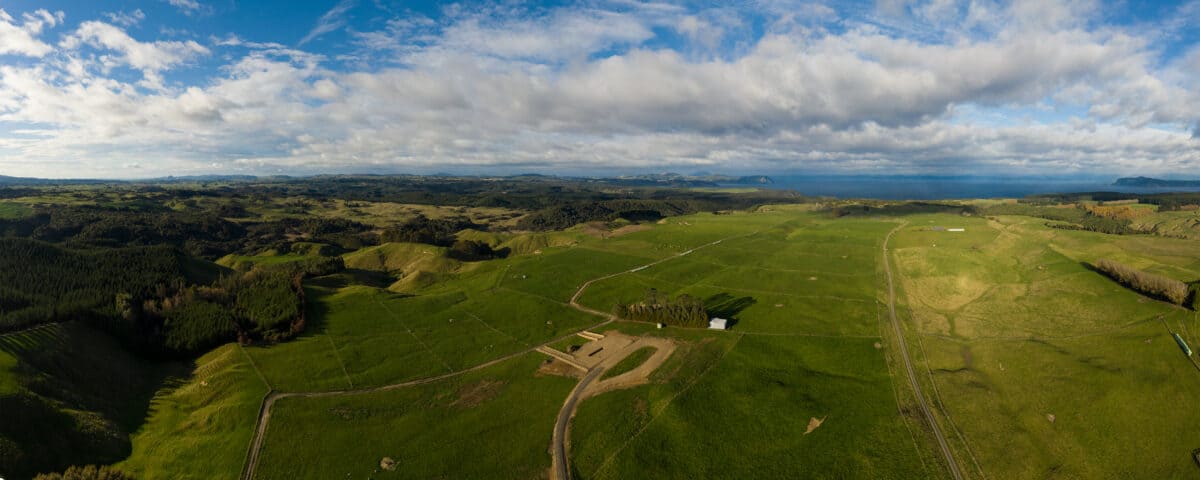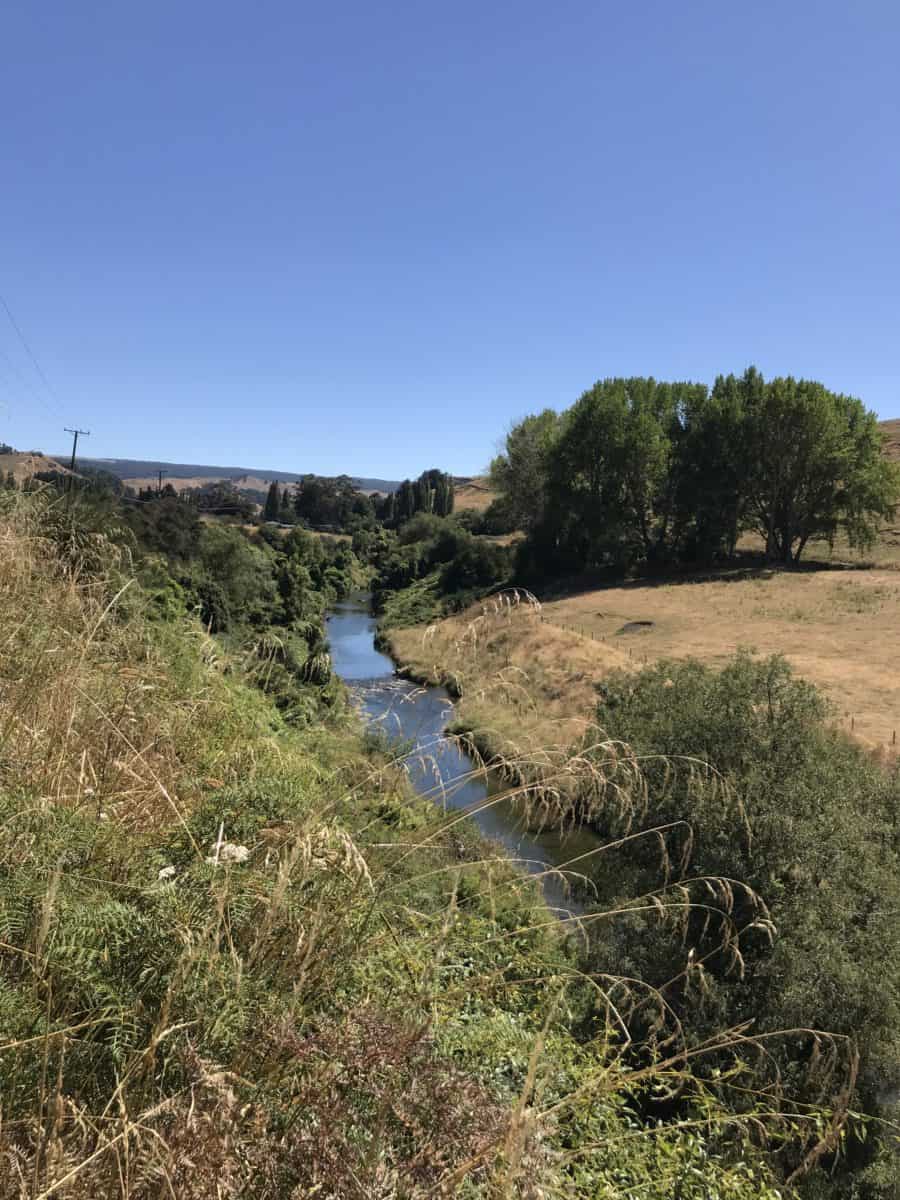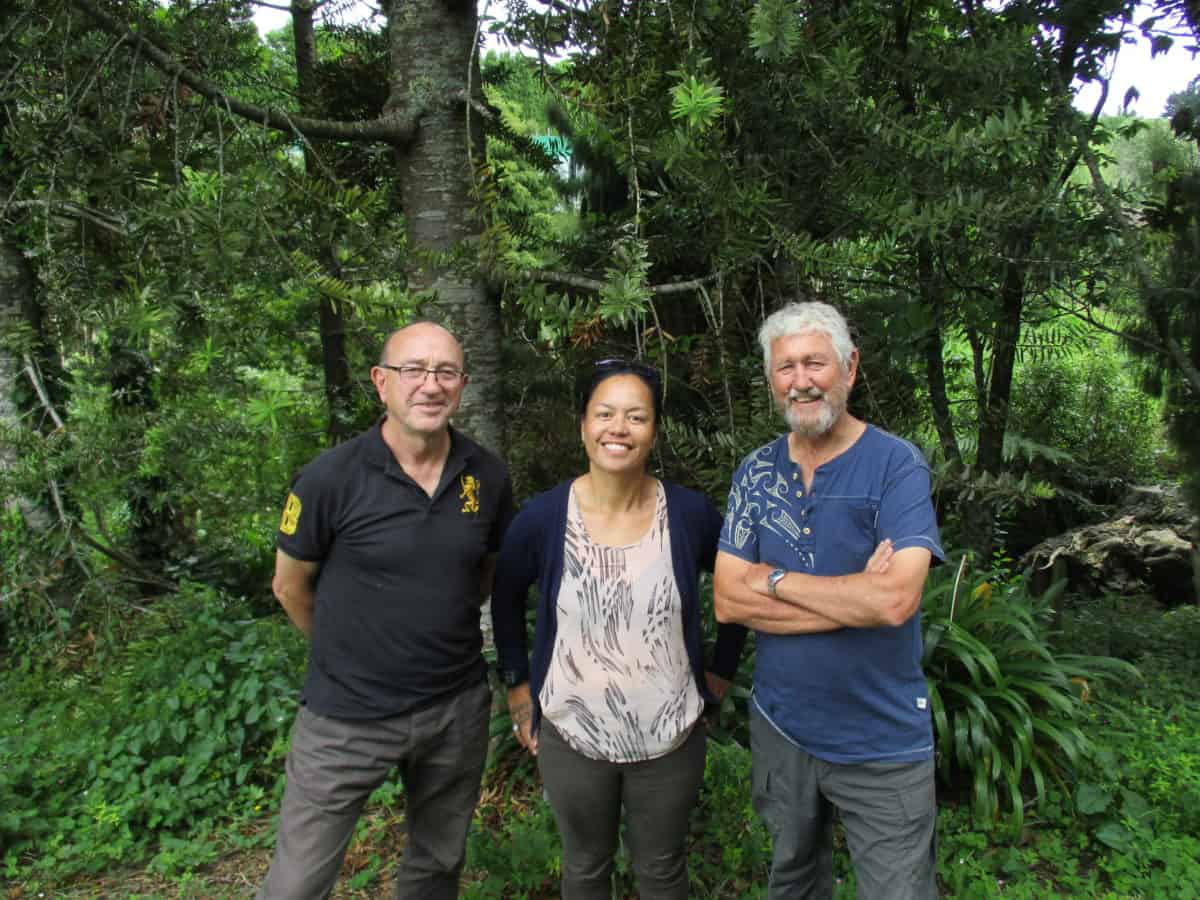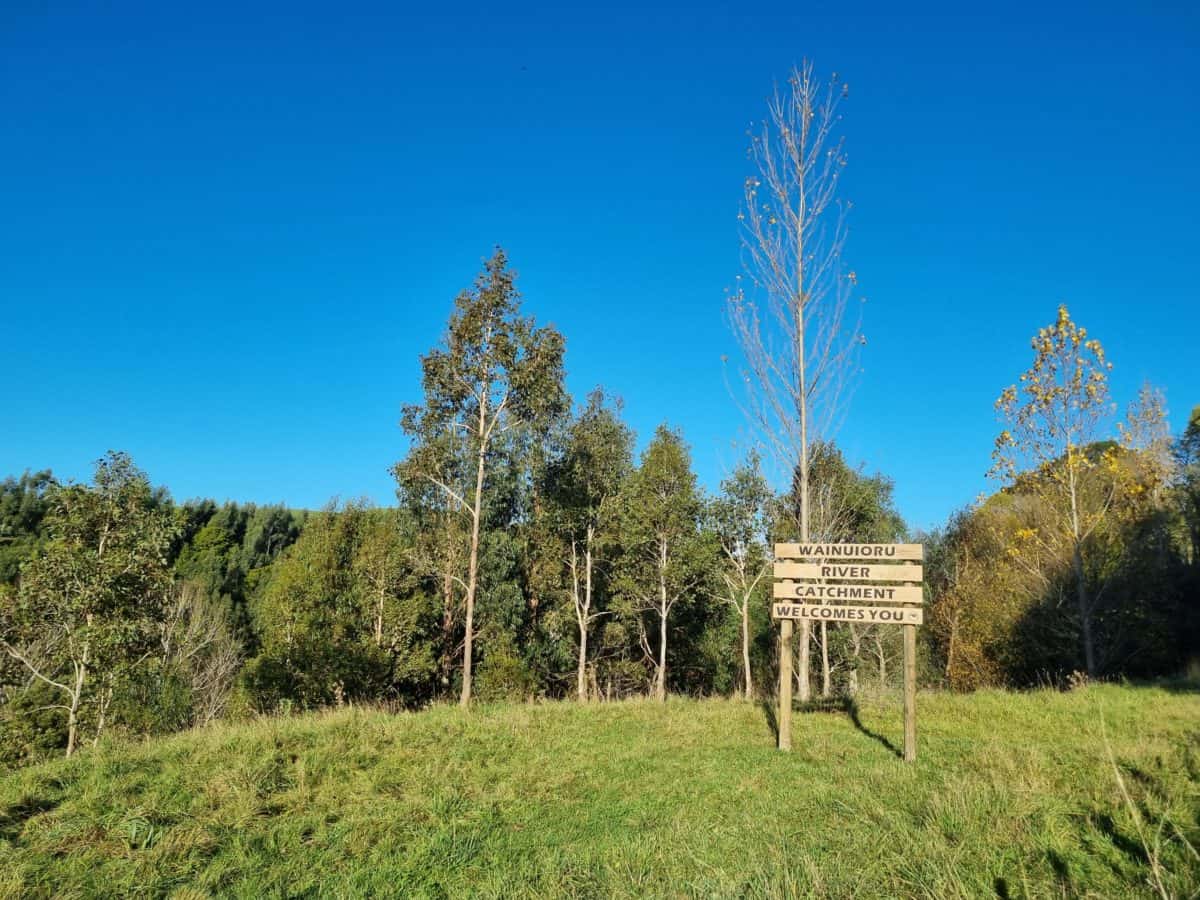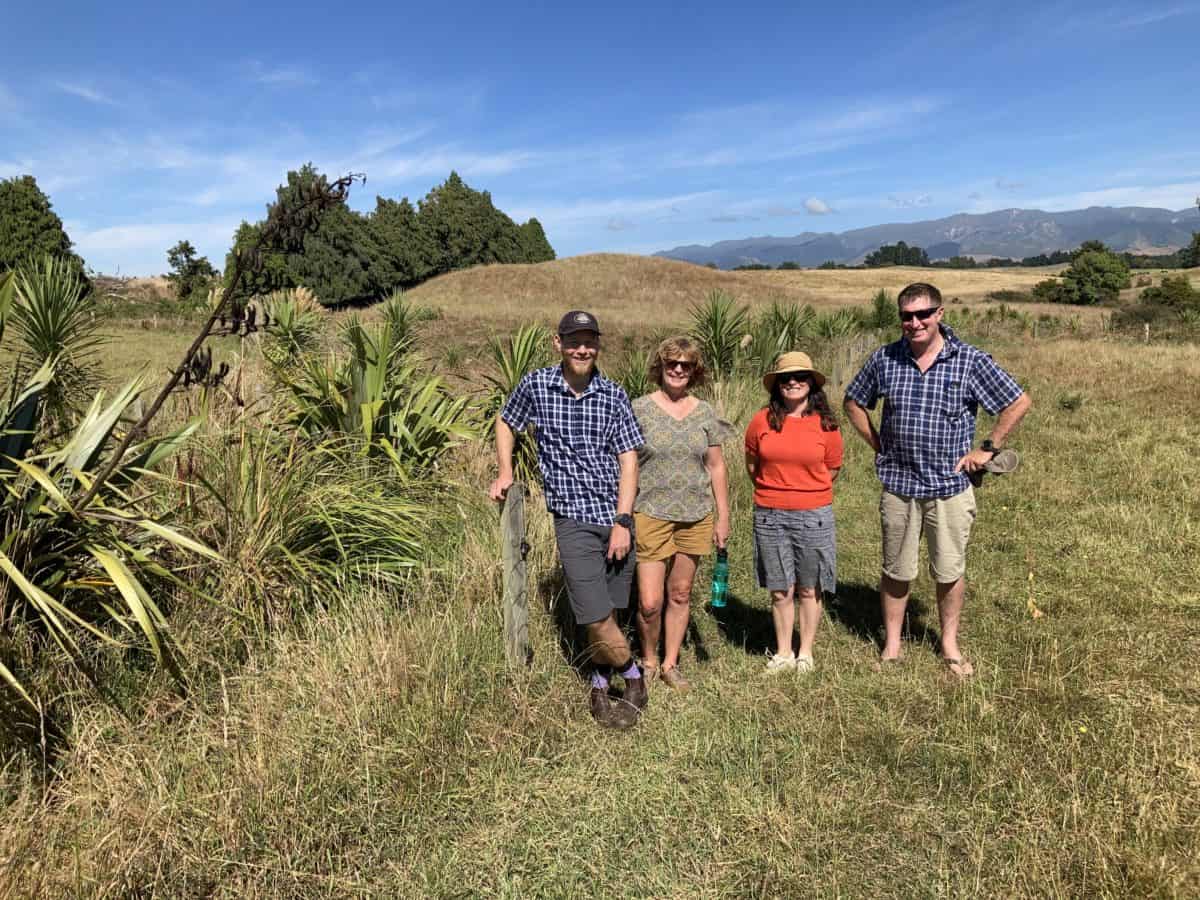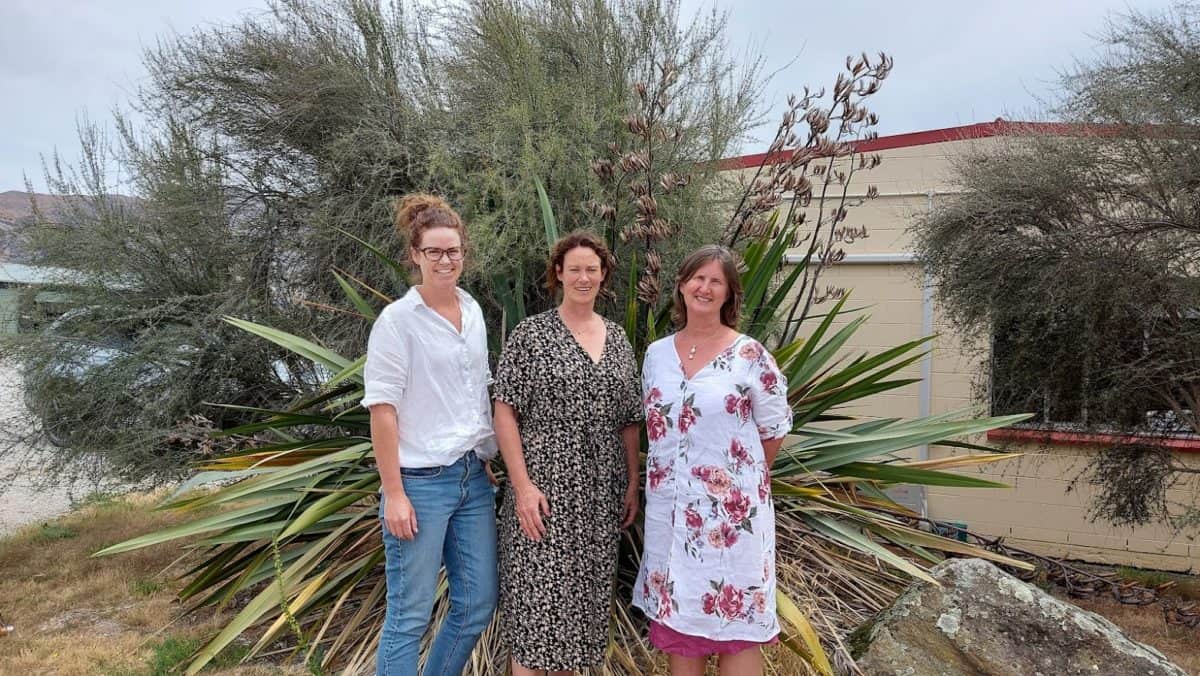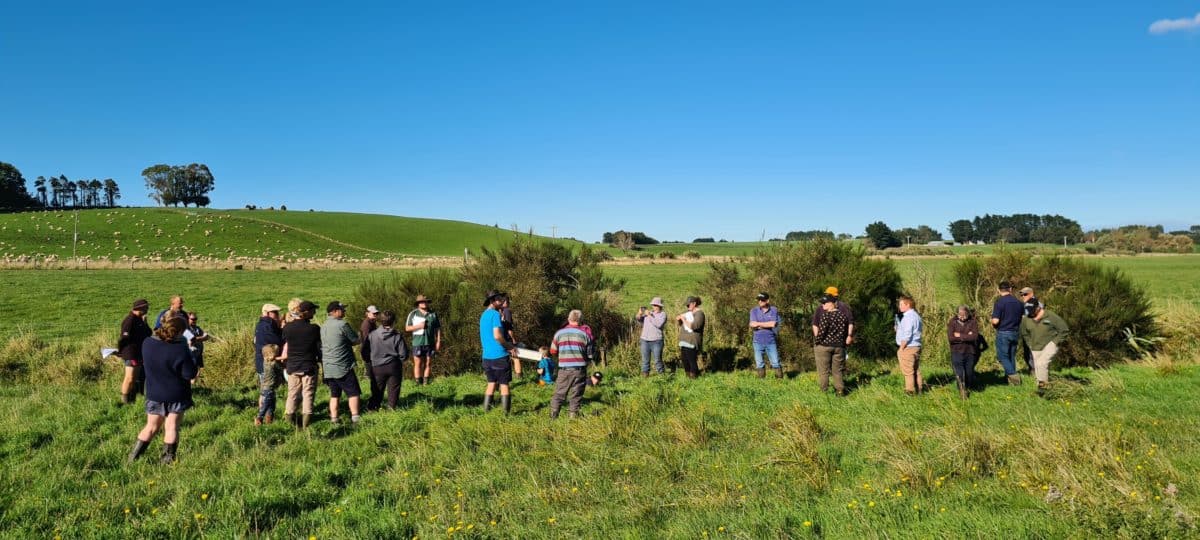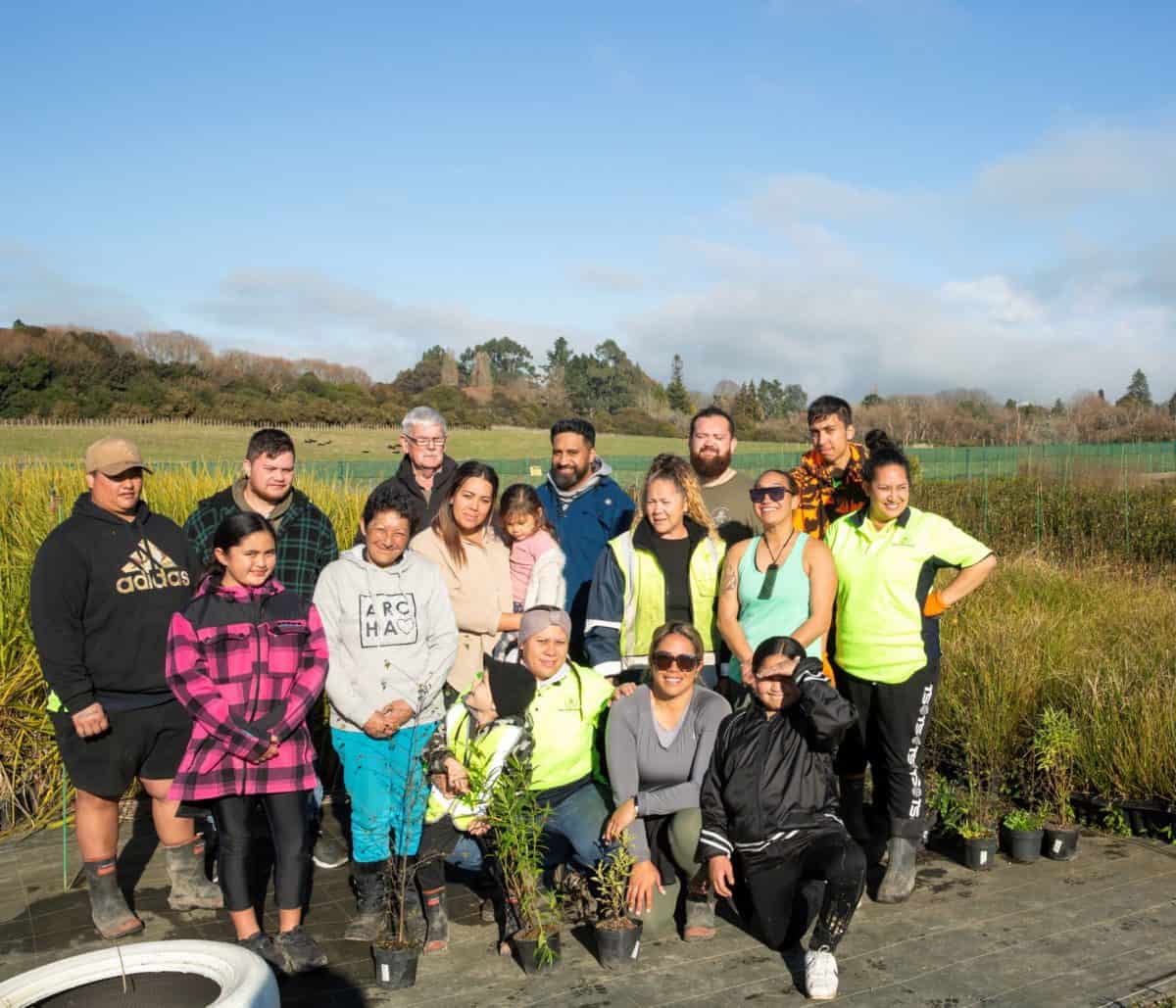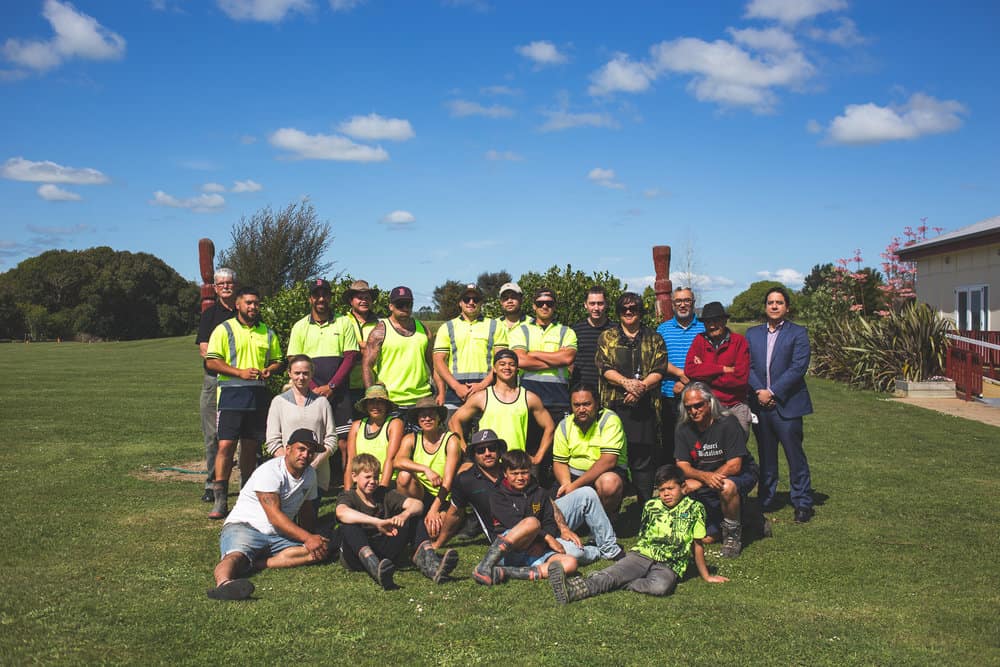Waimatā Catchment Group
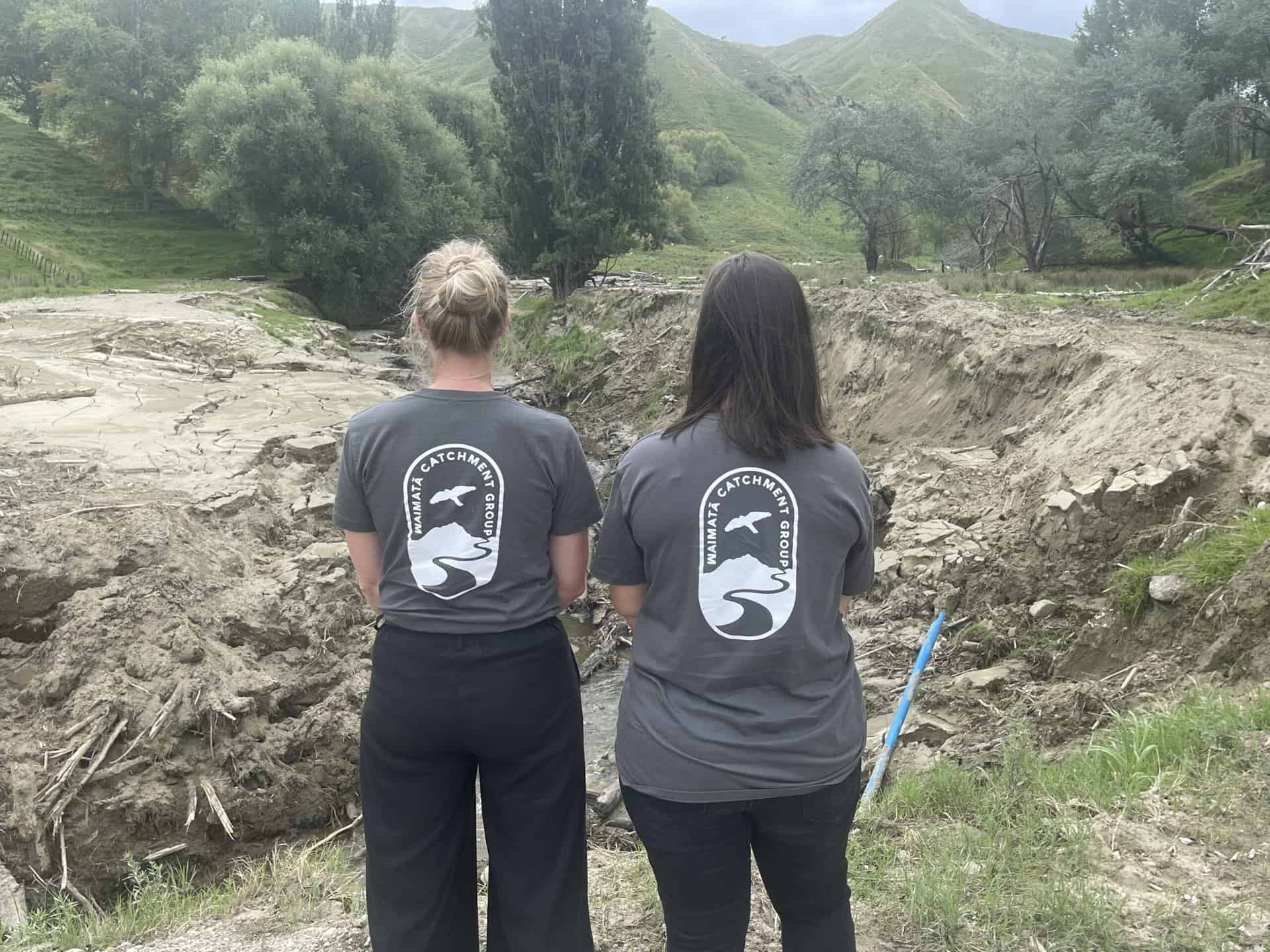
2023 Catchment Group Entry: Waimatā Catchment Group
In just three years, the Waimatā Catchment Group has had a huge impact on its local community by inspiring people to bring out their inner conservationists.
The Waimatā Catchment Restoration Project began in 2019, with the catchment group forming the following year. It was inspired by local landowners who wanted to improve the health of the Waimatā River, its tributaries and the wider catchment.
With its headwaters in rural hill country north-east of Gisborne, Waimatā River flows down through the city and is the region’s most popular recreational waterway. The catchment includes urban areas, small block owners, large sheep and beef properties, and forestry. The catchment group model enables all landowners – large or small – to be equal members.
Currently under the guidance of a committee led by project manager Laura Watson and ecologist Lois Easton, the group collaborates with landowners, iwi and the wider community to deliver a range of initiatives.
More than 60,000 native plants have been planted to enhance biodiversity, while 500 poplar and willow trees have been planted for erosion control on farmland.
To enhance existing native bush, waterways have been extensively fenced and riparian areas protected. This is supported by intensive predator control and a community water quality monitoring programme. Wetlands are being restored to reduce sediment build-up and nutrient impact, and protect against flooding. Ecological corridors of native bush are being created to encourage and increase the resilience of birds and wildlife.
To raise awareness of biodiversity issues and opportunities, the group contributes to research, hosts local schools and runs community workshops. They’re also connected with Gisborne District Council, ensuring the community’s aspirations are reflected in new strategies and bylaws.
Waimatā Catchment Group was sparked by the enthusiasm and dedication of local landowners, and members are focused on continuing to help these farmers achieve their environmental goals.
